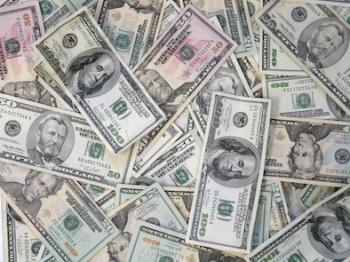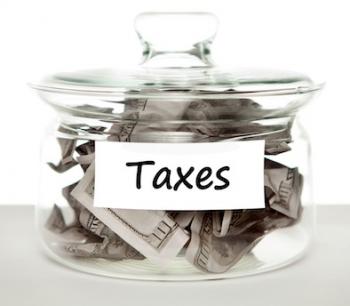Monetary Economics studies money as an institution, meaning that money is studied as a human construct that serves different purposes. In monetary economics, money serves three purposes: it is used as a medium of exchange, a store of value, and a unit of account. To best analyze how money functions in an economy, the basic role and characteristics of money are studied, which dates back to 1200 B.C, when our ancestors exchanged commodities to obtain something else of value¹. Over time, paper currency, known as fiat currency, was brought about and began to be produced rapidly and in large quantities. Based on historical events that impacted our own lives, we can see how inflation was caused by how money was being made and used¹.
Monetary economics falls under macroeconomics because it focuses on how money impacts the economy as a whole. Money both causes and shows the growth or decline of an economy, therefore relating to the bigger picture of economics². This area of economics studies the effect monetary systems have on an economy and like any market, it falls under the law of supply and demand. A monetary system is how the government controls the money supply, which is by setting up policies and institutions. Fiat money, money that is intrinsically worthless and inconvertible, is used to study monetary economics to because it cannot be used for anything else (unlike gold, which has other values)².
References:
1. Boughton, James R., and Elmus R. Wicker, 1975. The Principles of Monetary Economics.
2. Ragan, Chrisopher. Macroeconomics/Christopher T.S. Ragan, Richard G. Lipsey. – 13th Canadian ed.


